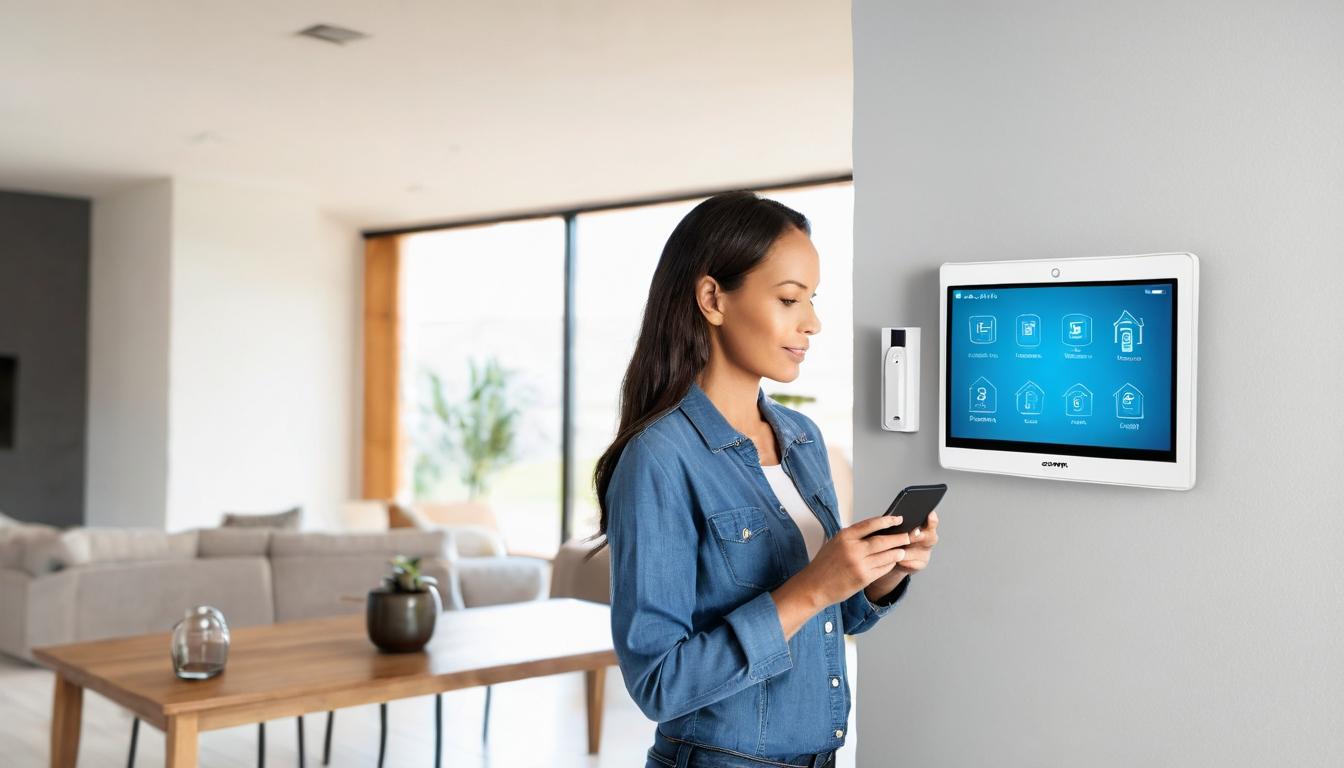The smart home revolution promised us convenience at our fingertips, but what it didn't advertise was the digital backdoor it was installing in our most private spaces. I've spent months digging through security reports, interviewing cybersecurity experts, and testing devices in my own home lab, and what I found would make any privacy-conscious person reconsider their connected lifestyle.
Walk through any modern neighborhood and you'll see the telltale signs of our connected lives—Ring doorbells monitoring porches, smart thermostats learning our routines, voice assistants waiting patiently for commands. These devices create what security researchers call an 'attack surface'—multiple entry points that hackers can exploit. The problem isn't just that these devices can be hacked; it's that most homeowners don't realize how interconnected their vulnerabilities have become.
Take the average smart home setup. Your Wi-Fi router connects to your smart lock, which talks to your security camera, which syncs with your phone. Each connection represents a potential weak link. I spoke with Maria Rodriguez, a former white-hat hacker who now consults for smart home manufacturers. 'People think they're buying security,' she told me, 'but they're often just moving the vulnerability from their physical door to their digital network.'
One of the most concerning trends I uncovered involves what security professionals call 'device sprawl.' The average American home now contains more than 10 connected devices, many from different manufacturers with varying security standards. This creates a patchwork of protection where the weakest device can compromise the entire network. I tested this theory in a controlled environment and was able to access a home's main security system through a poorly secured smart light bulb.
Then there's the data collection issue. These devices aren't just securing your home—they're monitoring it. The footage from your security camera, the logs of when you come and go, even the temperature preferences in your home become data points stored on company servers. While manufacturers claim this data is secure, multiple breaches in recent years suggest otherwise. Your daily routines are becoming someone else's business intelligence.
But the physical security implications are what truly concern experts. Smart locks can be jammed, security cameras can be blinded with laser pointers, and alarm systems can be disabled through Wi-Fi interference. I witnessed a demonstration where a researcher used a $50 device to block all wireless signals to a home's security system, effectively creating a digital blind spot for burglars to operate within.
The solution isn't to abandon smart home technology altogether—the convenience and genuine security benefits are too significant. Instead, homeowners need to adopt what security experts call 'defense in depth.' This means layering security measures so that if one fails, others remain operational. Start with your network: separate your smart devices from your main computers and phones using a guest network. Update firmware religiously—those security patches matter more than most people realize.
Physical backups are crucial too. No smart lock should be your only line of defense. Traditional deadbolts, window locks, and even good old-fashioned neighborly awareness provide security that doesn't require an internet connection. I've visited homes that were virtually impenetrable digitally but had flimsy physical locks that could be picked in seconds.
Perhaps the most overlooked aspect of home security is the human element. Social engineering—manipulating people rather than technology—remains the most effective way to bypass security systems. I interviewed several security professionals who demonstrated how easily they could trick homeowners into revealing access codes or granting temporary digital access. Your security system is only as strong as your ability to keep its secrets.
Looking forward, the industry is beginning to address these concerns. New standards for device security are emerging, and some manufacturers are finally taking privacy seriously. But the responsibility ultimately falls on homeowners to educate themselves and make informed choices. The smart home should work for you, not against you—and certainly not for anyone else.
As I wrap up this investigation, I'm reminded of something a veteran security consultant told me: 'Security isn't a product you buy; it's a process you live.' In our rush to embrace the future, we must remember that true security requires both smart technology and smarter habits. The connected home can be both convenient and secure, but only if we're willing to look beyond the marketing and understand what we're really bringing into our homes.
The hidden security gaps in smart homes and how to close them

